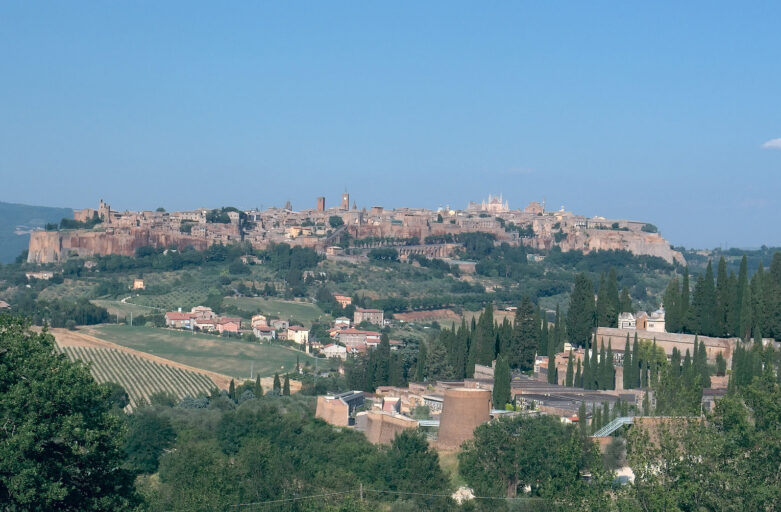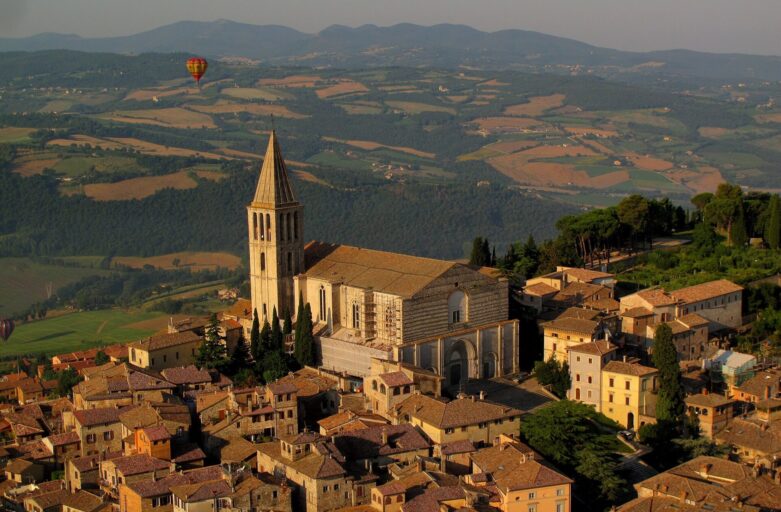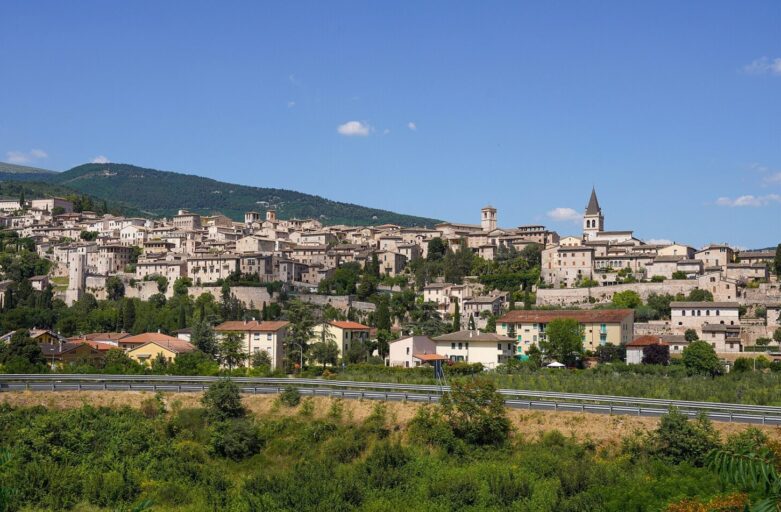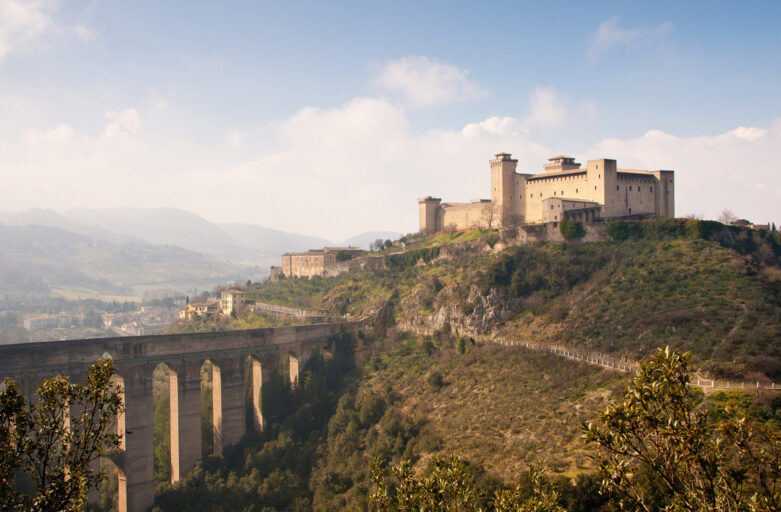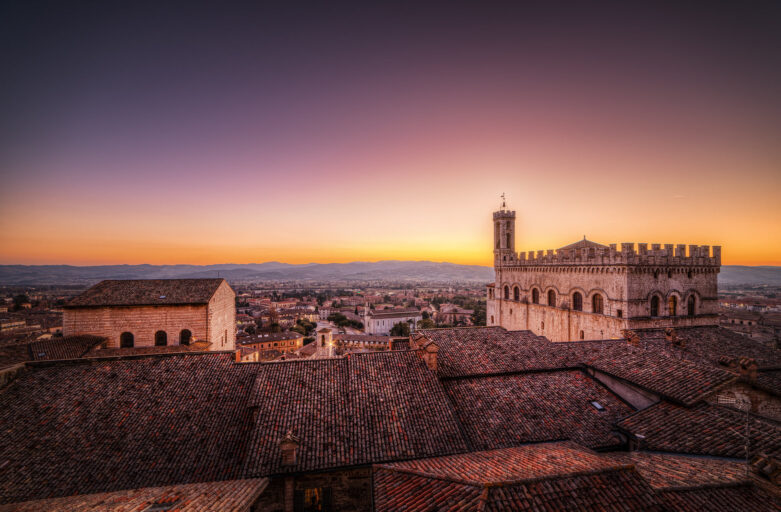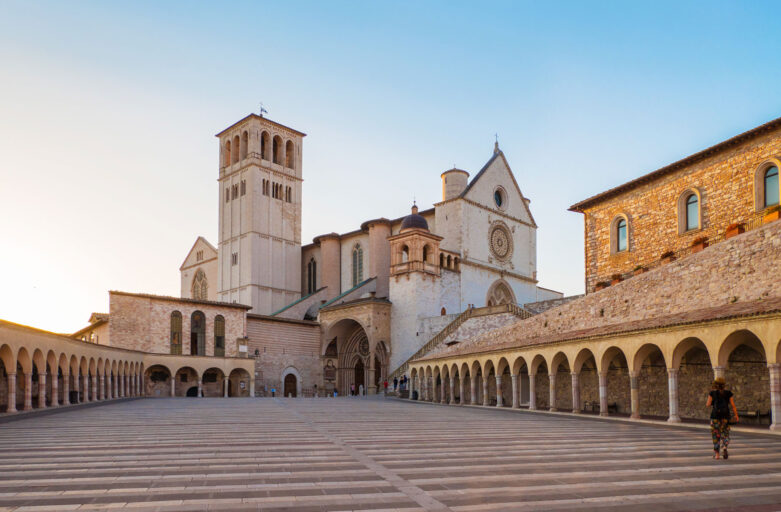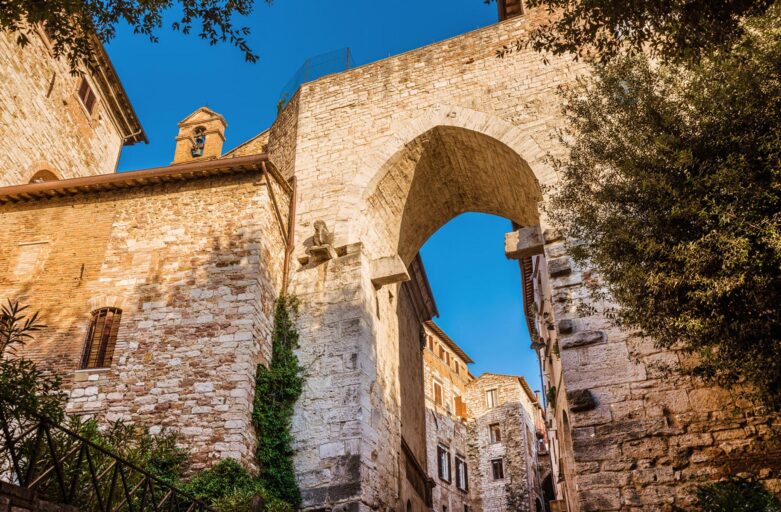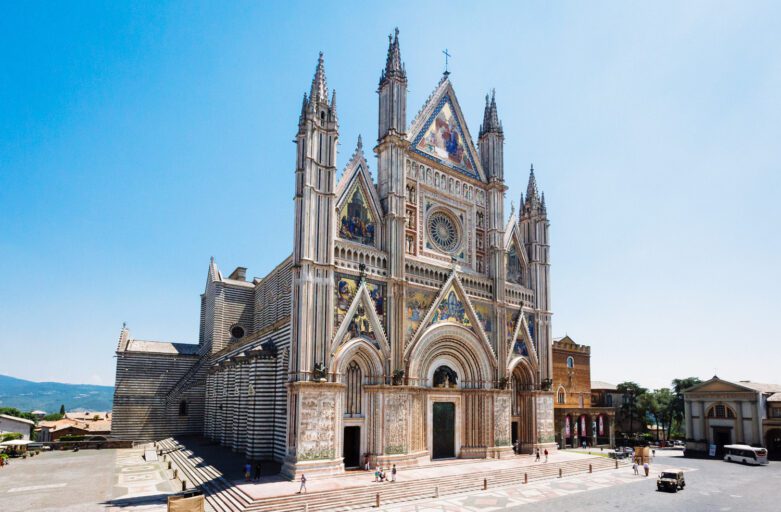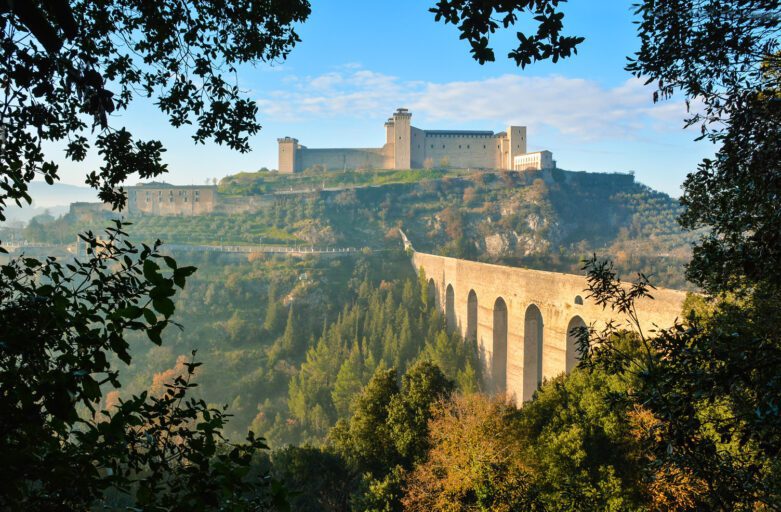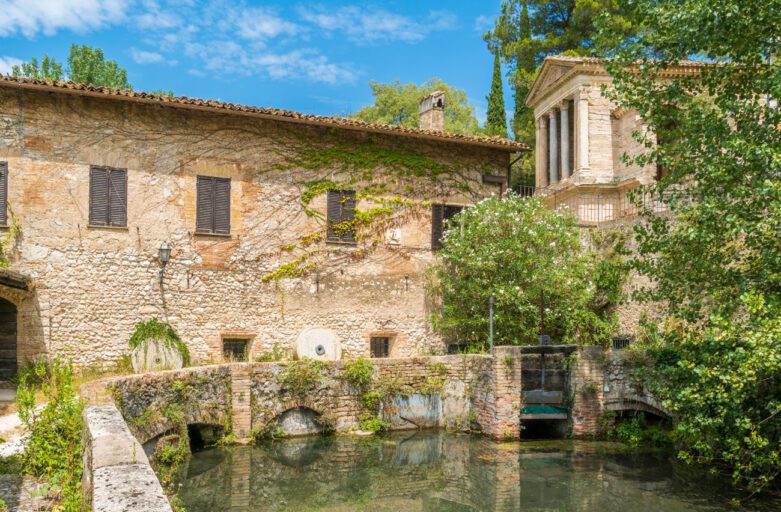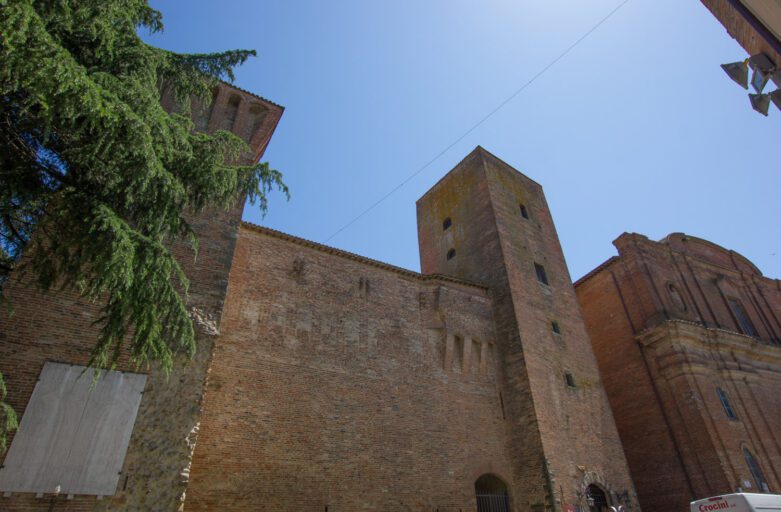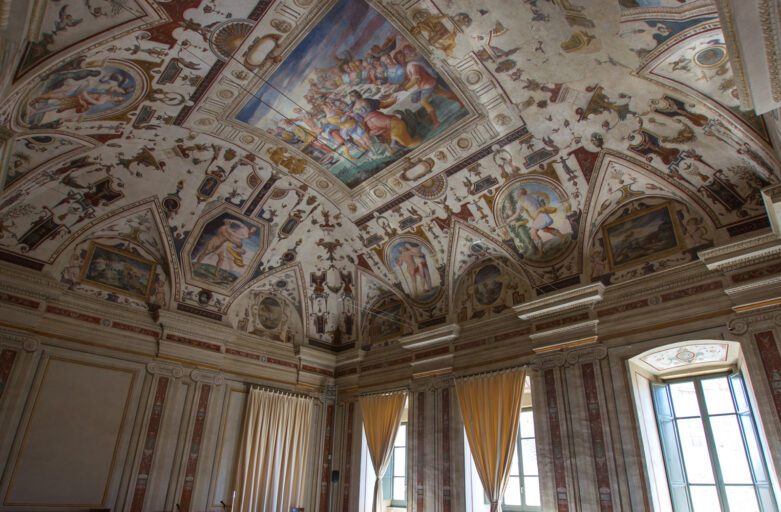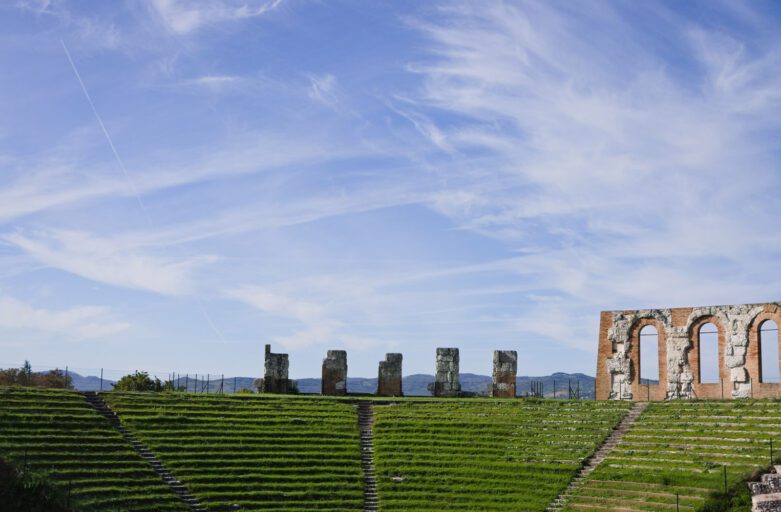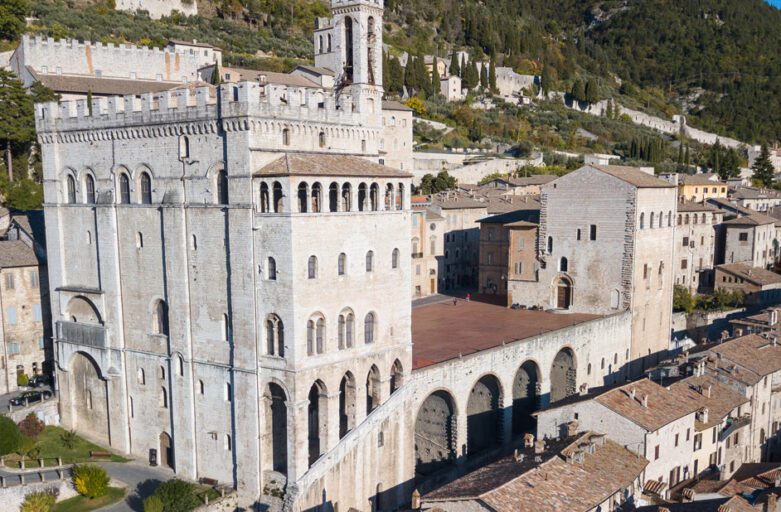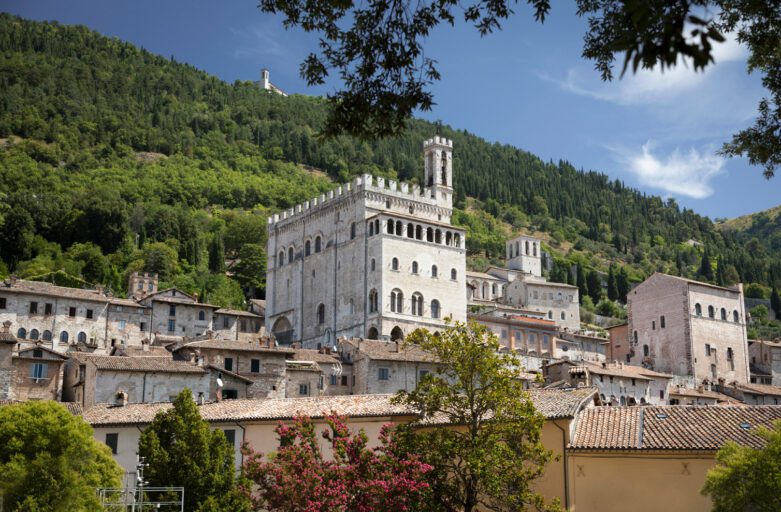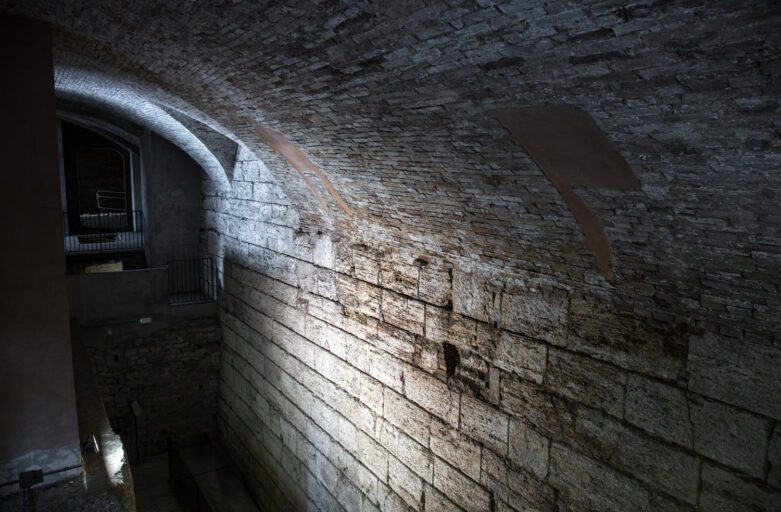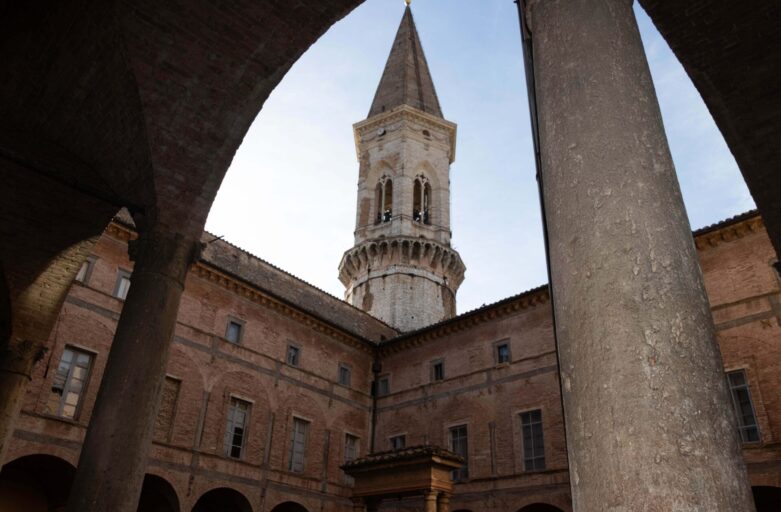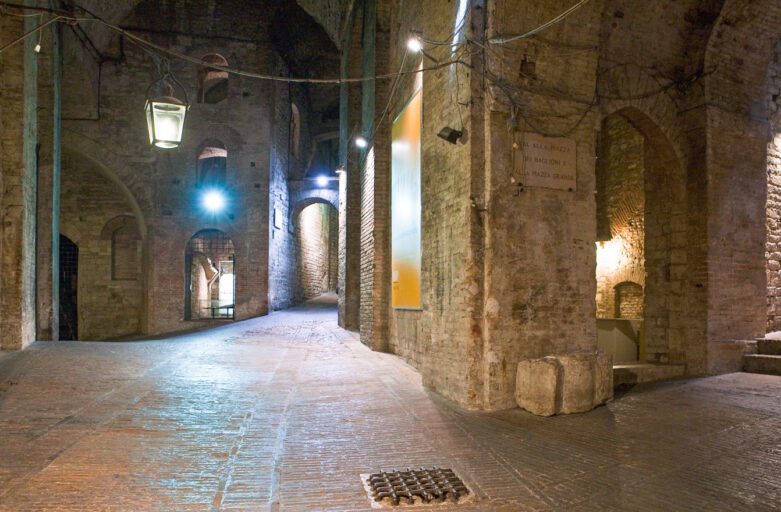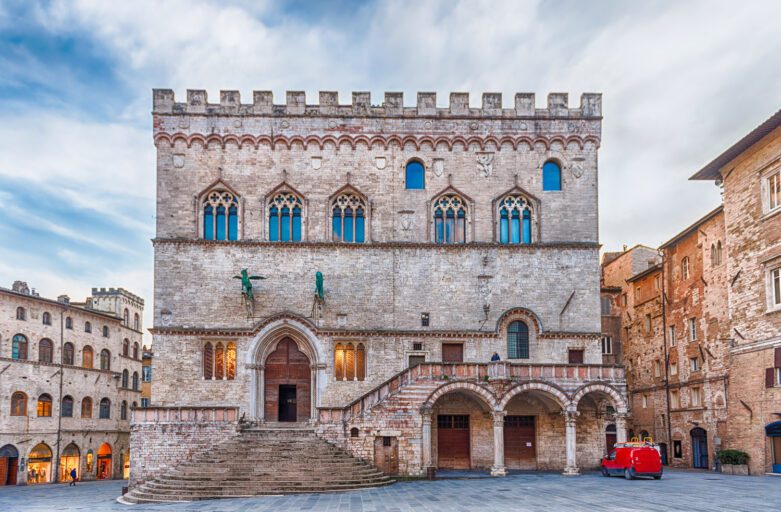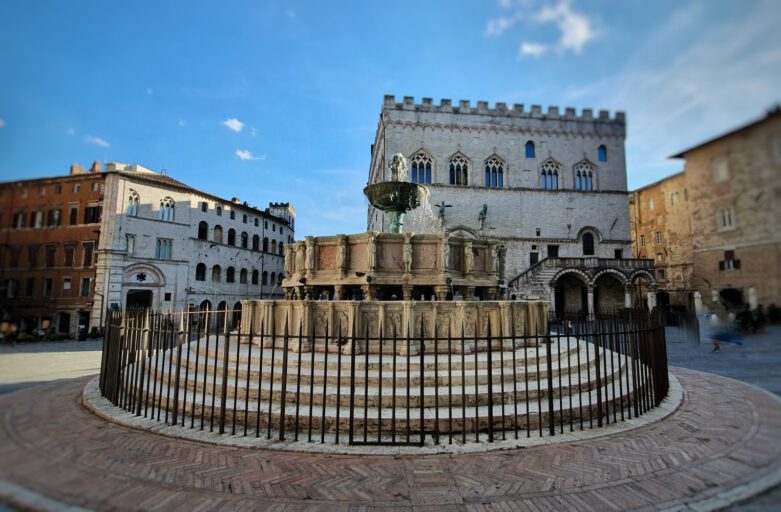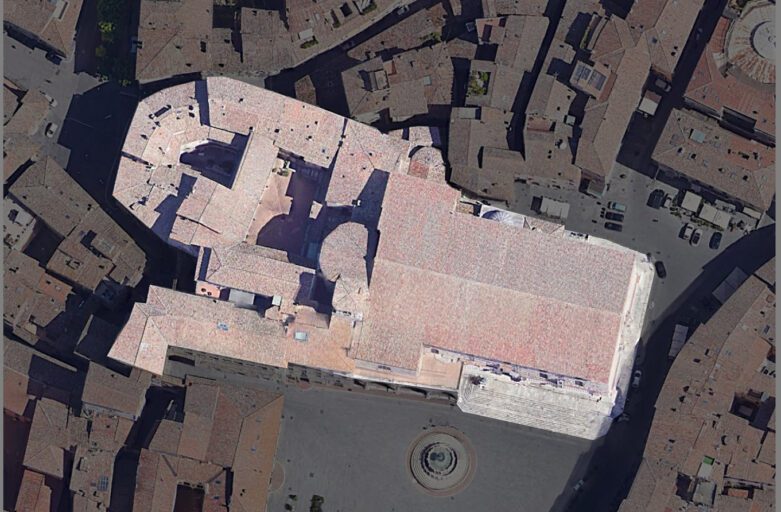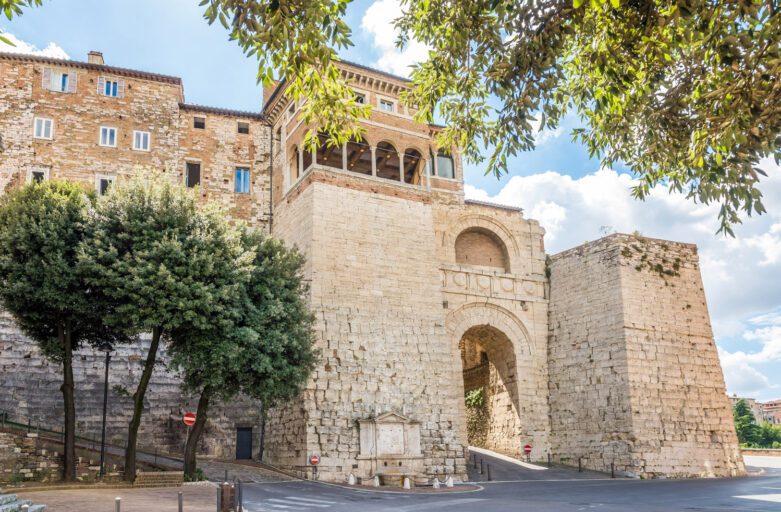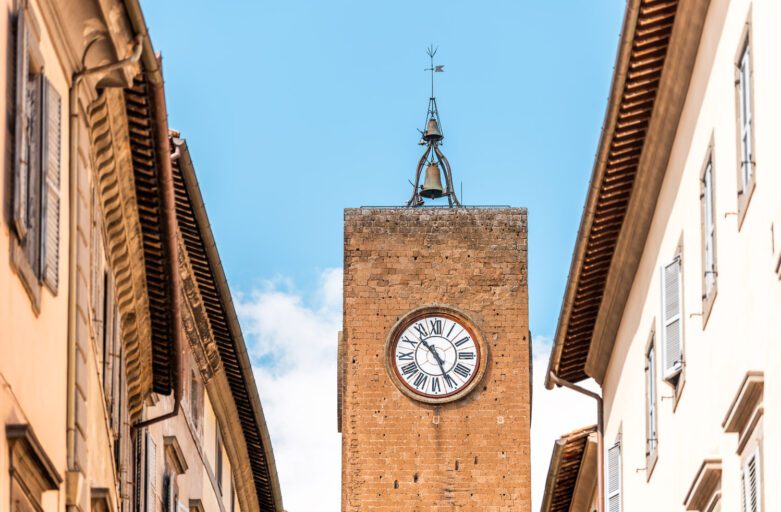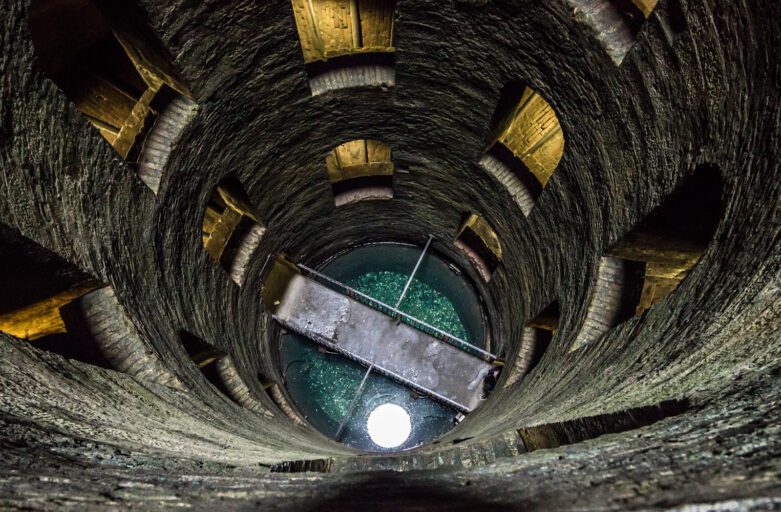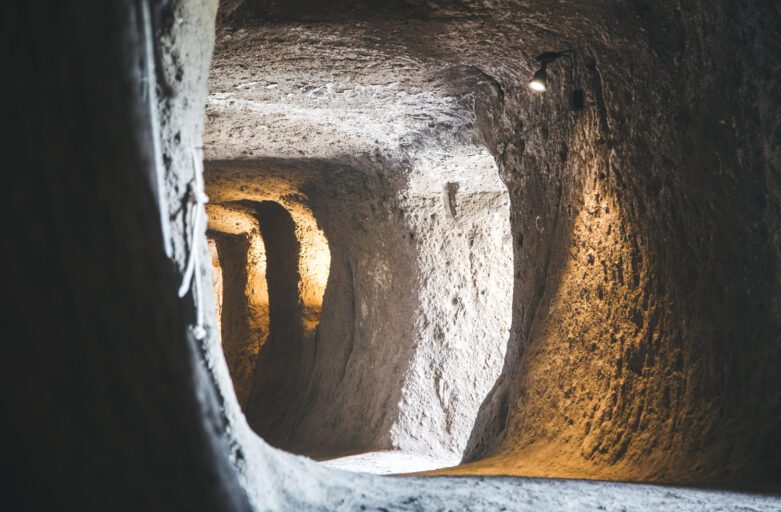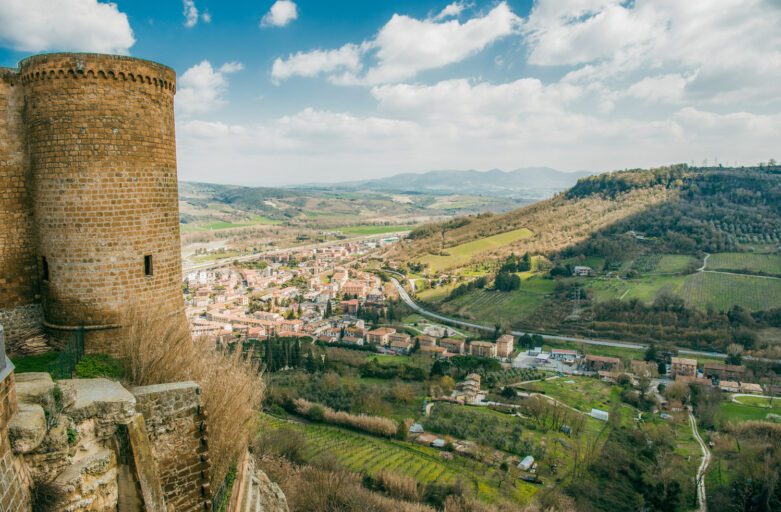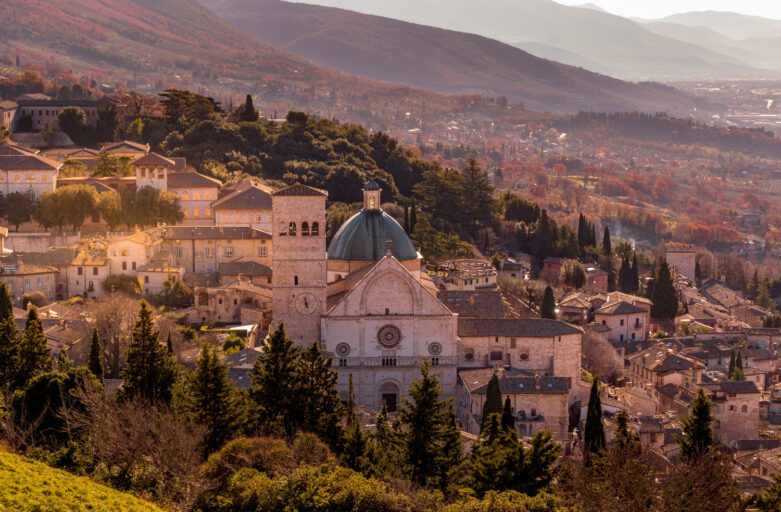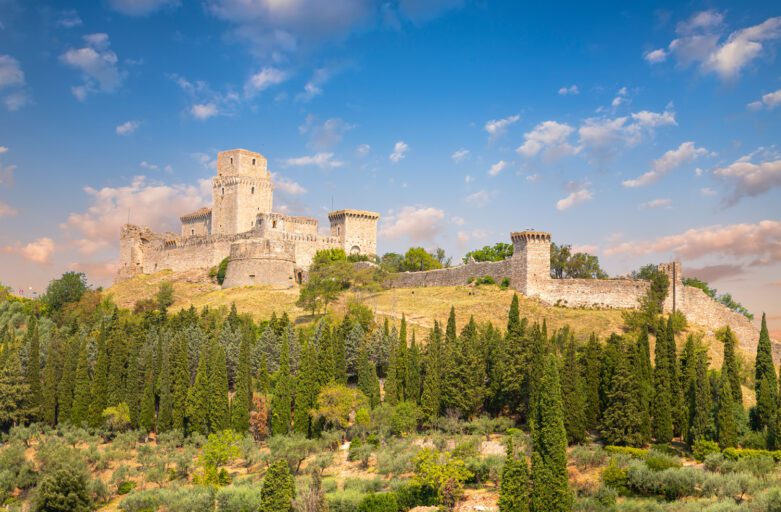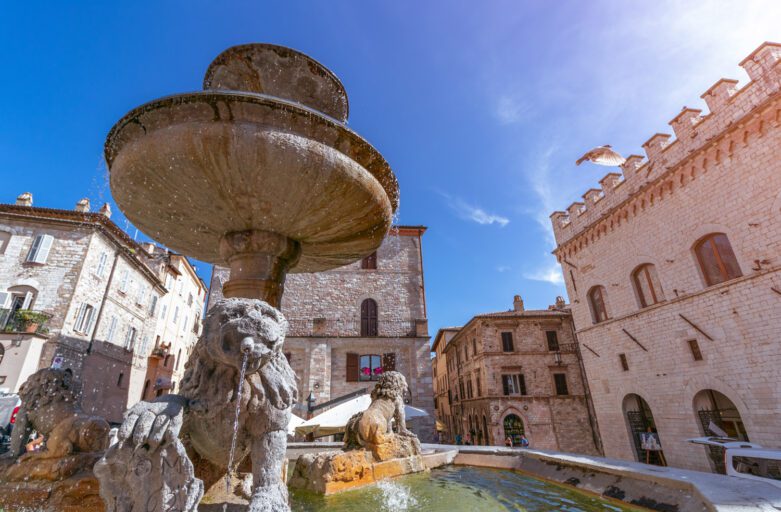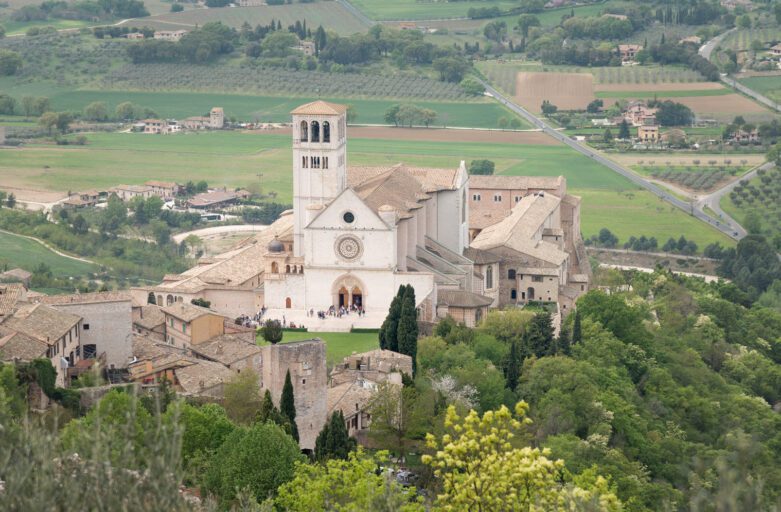Built on an imposing tuff cliff rising above the Umbrian countryside, Orvieto is one of the most fascinating cities to explore on foot. Its history dates back to the Etruscan period, later becoming a Roman stronghold and a papal seat.
Tag: Architecture
Walking Tour Todi
Walking Tour of Spello
Walking Tour Spoleto
Spoleto is a city rich in history and culture, located in the heart of the Umbrian Valley. Its position gives it a distinctive profile in the surrounding landscape. The city has gone through various historical eras that have shaped its current appearance
Walking Tour Gubbio
Gubbio, a medieval town nestled among the green Umbrian hills, is a treasure trove of art and ancient traditions. The Walking Tour offered by Secret Umbria will guide you through squares, cobblestone streets, and evocative corners that come alive through the guide’s storytelling, revealing tales from the past.
Walking Tour Assisi
Walking Tour Perugia
The historic center of Perugia is revealed through the Walking Tour offered by Secret Umbria. This guided tour provides a simple and engaging way to explore the city. You’ll admire breathtaking panoramic views
The Cathedral of Orvieto
The History of a Centuries-old Building Site Origins of the Cathedral of Saint Mary’s Assumption The Cathedral is a sign of the presence of God, as well as of an active and industrious Christian community
The Bridge of Towers
The Bridge of Towers as Was Seen by Goethe In September 1786, the great German poet, J. W. Goethe (1749 – 1832), left for a journey to the discovery of Italy, that would last nearly two years. This adventure, overfilled with beauty, would later inspire his Italian Journey.
The Springs of Clitunno, and the Little Temple
“Now everything is silent”: The Little Temple In 1876 an Italian poet, Giosue Carducci, wrote a famous poem called Alle fonti del Clitunno, “At the Springs of Clitunno” (River). It dealt precisely with this site, that is now part of the UNESCO World Heritage List.
The Stronghold of Perugia Soldiers
The Rocca dei Perugini Nowadays The powerful Rocca dei Perugini, “Fortress of Perugian (soldiers),” was built along the town walls near Porta Perugina, the town gate toward Perugia, in fact. This is whence, already in 1296, the road called Via Pievaiola started, that still nowadays connects Città della Pieve and Perugia.
Della Corgna Palace
Right in front of the Cathedral, one of the most beautiful lordly mansions in Città della Pieve rises, the Della Corgna Palace. A study on this building cannot make without the personality of its first owner, Ascanio Della Corgna, and the time period he lived in.
The Roman Theater in Gubbio
South of Gubbio’s Medieval quarters the Guastuglia Plain (pron. goo-ast-oo-Leah) lies, delimited west by the so-called vallum (military defense line), and east by a river called Camignano (pron. come-in-ya-know).
Piazza Grande (The Main Square)
A Decentralized Center Gubbio rises at the foot of Mount Ingino with a strong self-consciousness. Framed within a luxuriant Nature, rich in woods and trails, it is considered one of the most beautiful Medieval towns in Italy.
Palace of Consuls
A Giant in the Square The Palace of Consuls (Palazzo dei Consoli), built in the years 1332-49, rises dramatically on the background of Piazza Grande, the Main Square. It is more than 60 meters (180 feet) high, including its originally shaped bell tower that still nowadays “calls” the citizens.
The Ducal Palace
At the Court of the Duke of Urbino
The Ducal Palace was built by decision of Federico da Montefeltro in a town area called Corte Vecchia (the Old Court) – right in front of the wonderful Gothic Cathedral dedicated to Saint Mariano and Saint Giacomo, martyrs of the 13th and 14th centuries. The palace was the very first example of Renaissance architecture in Gubbio, which it still overlooks.
Perugia Underground – The Archaeological Area
The Archaeological Area, at the very core of the so-called Saint Lawrence “Island”, will give you the joy of a discovery trip throughout the centuries. Quite unknown to the local people themselves, these places are hidden inside the hill on which Perugia is built.
Saint Peter’s Abbey
The way that starts from the Church of Saint Ercolano, and that in past times led directly to Rome, ends in Borgo Bello, the “Beautiful Suburb,” an area that developed thanks to the Benedictine abbey dedicated to Saint Peter.
The Rocca Paolina – Perugia
The Intriguing Story of a Fortress In Perugia’s old town center, at the southern end of Corso Vannucci (Main Street) there is an area with flowerbeds, benches, and fountains, where the Palace of Perugia’s Province and the equestrian monument to the first king of united Italy, Vittorio Emanuele II (1820-1878), also rise.
The Palace of Priors
A Town Symbol The Palace of Priors is undoubtedly one of the most important buildings in Perugia, beside being a masterpiece in Gothic style. Its structure develops partly along Main Street (Corso Vannucci) in the old town center, and has its acme in the façade facing the main square, Piazza IV Novembre.
A Fountain for an Aqueduct
The Fontana Maggiore, a gem of Gothic sculpture The Fontana Maggiore (Great Fountain) is the sculptural symbol of Perugia. It was built in 1278 to celebrate the completion of a long aqueduct that, by taking cleverly advantage of the principle of communicating vessels, could even conduct water uphill on Perugia’s hills.
The Saint Lawrence “Island” – Perugia
The Saint Lawrence “Island”: the ancient district, heart of Perugia since Etruscans. It includes Perugia Underground, the Chapter Museum and the Cathedral.
The Etruscan Arch, the Town Walls
Perugia was one of the main Etruscan towns. Its external walls, dating back to the third century BC (with some older, fourth century parts), still witness the importance the town had acquired.
Moro’s Tower, Palace of the Seven, People’s Palace
The Tower A Central Role in the Town The Medieval tower is among the buildings that stand out in Orvieto’s skyline, together with the imposing Cathedral. The tower will remain conspicuous even if you walk in the town streets
The Well of Saint Patrick
Antonio da Sangallo, a Brilliant Engineer On the edge of the Orvieto Cliff there is a small square in which only a cylindrical building exists, apparently quite anonymous. This structure, however, hides a “thing ingenious with fancy and wonderful with beauty” inside.
Orvieto Underground
The Hollow below the Town Orvieto lies on top of a huge rock of volcanic origin, made of tuff and pozzolana. Visitors cannot but be charmed by this plateau, called la Rupe (the Cliff), that rises and dominates the valley all around, with its woods and vines.
The Albornoz Fortress in Orvieto
From Freedom to Being Dominated During the Middle Ages, Orvieto enjoyed a long period of welfare and independence as a “free Commune” – its rulers being autonomous from the Emperor, both politically and economically
The Cathedral of Saint Rufinus in Assisi
Assisi’s Cathedral: info and story of Saint Rufinus and his church, from the Romanic facade to the “tug of war” conflict.
The Citadel of Assisi
A Stronghold to Guard Assisi
So sings the Hymn of the Sentinels (Scolte) of Assisi, the town’s hymn:
The trumpet blares, the days ends already,
already the curfew song soars.
C’mon, sentinels, up to the towers,
O armed guardians, hey there!
Heads up, keep silent, and watch!
Heads up, sentinels, and watch!
Town Hall Square
The Main Square in Assisi Piazza del Comune (the town hall square) has always been the hub of social and cultural life in Assisi. Not by chance do all the main streets from the town gates meet here. Built upon a Roman forum, in the Middle Ages it became the place for the people’s gatherings.
The Basilica of Saint Francis
Saint Francis’ Legacy When in 1226 Saint Francis of Assisi died at the age of 44, he was already very famous, and his movement – a true religious Order since 1223 – was followed by thousands of people.
